High Leverage Forex Brokers
- What is High Leverage Broker?
- What is Leverage Trading?
- Best High Leverage Trading Brokers
- What is Low Margin Requirement?
- What leverage is best for newbie?
- What is a good Broker with a high leverage for US clients?
- High Leverage Brokers List
What is High Leverage Broker?
Forex trading is known for its leveraged trading or also known as margin trading since allows trader to use the leverage strategy or “borrowed” capital as its funding source, in a result operate larger volume or size and trade currency pairs through an initial small balance.
- Leverage expands trading base and multiplies the initial trading account balance in a certain number of times depending on the leverage level.
- Leverage levels usually expressed as a ratio, means the trader should have at least a particular percentage of the total available volume in account balance held, which represents margin requirement in order to access margin trading or leverage – e.g. leverage 1:100 require 1% of margin or account capital
- Read about Leverage via Wikipedia and learn the Risks of Excessive Leverage by FCA regulator in the UK.
Leverage Level Margin Requirement 🏅 20:1 5% 🏅 50:1 2% 🥉 100:1 1% 🥈 200:1 0.5% 🥇 400:1 0.25%
| Leverage Level | Margin Requirement |
| 🏅 20:1 | 5% |
| 🏅 50:1 | 2% |
| 🥉 100:1 | 1% |
| 🥈 200:1 | 0.5% |
| 🥇 400:1 | 0.25% |
What is Leverage Trading Platform?
Leverage as a trading method is based on the Broker offering or Trading Paltform you use so is dependant on the offering and regulations overall. While, in return leverage leads to potentially bigger returns, yet magnifies higher risks of losses as well, so positive and negative points are equal. See below expert advise about High Leverage Pros and Cons below:
- Leverage and Margin Trading is highly regulated in Trading due to high risks involved
- The current maximum leverage for regulated trading is lowered by various respected authorities including US regulated forex brokers leverage 1:40, European brokers under ESMA allowed using only 1:30, also recently Australia lowered leverage to 1:30
- Since the majority of companies use low leverage ratios due to regulations and high risks, we found few trusted ways how to access high leverage offering: –traders can either choose a swiss forex broker, –become a professional trader, or –choose broker from a jurisdiction still offering high leverage (like Switzerland or New Zealand), lastly its an option –trade with reputable broker with good regulation but open account with its international entity.
- It is solely a choice of a trader under which entity to trade or to select an unregulated broker with high leverage 1:1000 or alike, however we recommend learning well about involved high risks in Forex trading due to leverage or Risks of Margin Trading overall, and advise not to trade with unregulated or offshore brokers due to high risks.
What is Low Margin Requirement?
Margin Requirment in other words is a capital that will be held in your account based on the instrument you trade and leverage you use. In case your account balance goes below margin requirement the margin call will take place, which in some cases will close the opened position or will bring your account no below zero balance.
- Margin Requirements for Margin Trading is always depended on the instrument you trade and applicable to regulation leverage levels. So it is not about the Broker with Low Margins but about instrument and leverage you use, alike 2% Margin is held for ration 1:50 applied to your trading capital used, see more of Margin Trading examples in table above.
| High Leverage Advantages | High Leverage Disadvantages |
|---|---|
| Allows to enlarge trading volume | Higher risks to loose money |
| Potential higher gains | Might not be the best option for beginning traders |
| Gives access to expensive instruments (like Stocks, Futures) | More Fees |
| Potential to grow account faster | Can bring your account below zero in seconds |
Top 5 Best High Leverage Forex Brokers
In fact, there are only few Regulated few brokers remaining with High leverage ratios available for retail traders (such as Xtrade broker), our financial experts found them and made a list of Best Regulated High leverage Forex Brokers ranking best in category:
- HFM – Best Overall High Leverage Broker 2024
- BlackBull Markets – Best Lowest Spread High Leverage Broker 2024
- FP Markets – Best MT4 High Leverage Broker 2024
- Eightcap – Best for Beginners High Leverage Broker 2024
- BDSwiss – Best Social Trading High Leverage Broker 2024
What is Margin Trading Best Broker?
In Forex Margin Trading and Leverage Trading reflect the same trading process so you can select good Broker for Leverage trading. While the difference is for Trading of Real Stocks, Futures or Indexes via Exchanges where Margin Trading with Higher Margin Requirements with the purpose to operate larger volume is possible.
What leverage is best for newbie?
If you are at very beginning in trading, first learn deeply how to operate trading safely and use leverage smartly. It is recommended to choose among the best brokers for beginners since those brokers offering educational materials and support you at first steps and it is best not to use the highest leverage ratios at the very beginning.
Why don’t US forex brokers have High Leverage?
Due to US regulations and high risks to loose money rapidly involved in high leverage it it’s restricted and not available for all US Brokers. Only offshore brokers allowing high leverage, but we do not recommend them due to risks, also US traders cant open account with offshore brokers alike.
List of High Leverage Forex Platforms
These are the brokers with High Leverage that are regulated and recommended by us for Trading, such as TriumphFX broker
| Broker | Detail | |
|---|---|---|
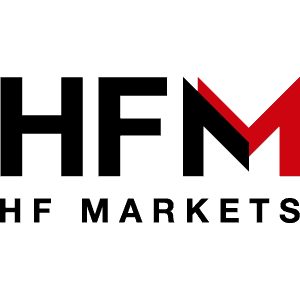 HFM HFM
|
Min. Deposit: 0 US$ Max. Leverage: 1:2000 Trading Platforms: MT4, MT5, HFM Trading App Regulation: CySEC, FCA, DFSA, FSCA, FSA, CMA |
1
|
 BlackBull Markets BlackBull Markets
|
Min. Deposit: 0 US$ Max. Leverage: 1:500 Trading Platforms: MT4, MT5, cTrader, BlackBull Trade, Trading View Regulation: FMA, FSA |
2
|
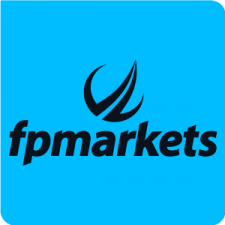 FP Markets FP Markets
|
Min. Deposit: 100 US$ Max. Leverage: 1:30 Trading Platforms: IRESS, MT4, MT5, cTrader Regulation: ASIC, CySEC, St. Vincent and the Grenadines, FSP, CMA |
3
|
 Eightcap Eightcap
|
Min. Deposit: 100 US$ Max. Leverage: 1:500 Trading Platforms: MT4, MT5, TradingView Regulation: ASIC, SCB, CySEC, FCA |
4
|
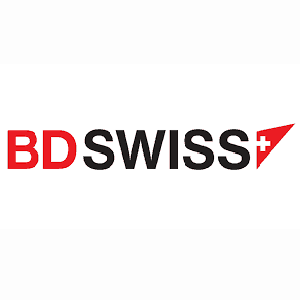 BDSwiss BDSwiss
|
Min. Deposit: 10 US$ Max. Leverage: 1:400 | 1:2000 Trading Platforms: MT4, MT5, BDSwiss Webtrader, and BDSwiss Mobile App Regulation: FSC, FSA, FSCA, MISA |
5
|
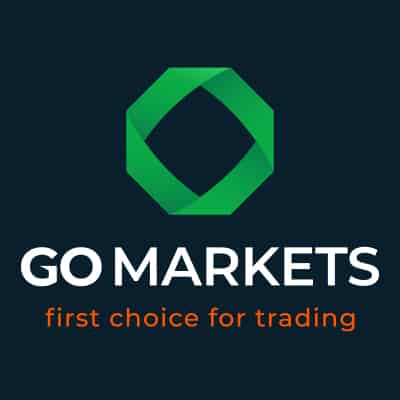 GO Markets GO Markets
|
Min. Deposit: 0 US$ Max. Leverage: 1:30, 1:500 Trading Platforms: MT4, MT5, cTrader, WebTrader Regulation: ASIC, CySEC, FSC, FSA |
GO Markets Review |
 Errante Errante
|
Min. Deposit: $€50 Max. Leverage: 1:30 | 1:500 Trading Platforms: MT4, MT5, cTrader Regulation: CySEC, FSA |
Errante Review |
 Pepperstone Pepperstone
|
Min. Deposit: 200 US$ Max. Leverage: 1:30 to 1:400 Trading Platforms: MT4, MT5, cTrader, TradingView Regulation: ASIC, FCA, DFSA, SCB, CMA, CySEC, BaFIN |
Pepperstone Review |
 KCM Trade KCM Trade
|
Min. Deposit: 500 US$ Max. Leverage: 1:400 Trading Platforms: MT4, MT5, KCM Trade WebTrader Regulation: ASIC, FSA |
KCM Trade Review |
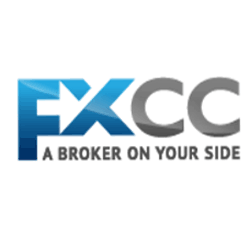 FXCC FXCC
|
Min. Deposit: No minimum deposit Max. Leverage: 1:30 | 1:500 Trading Platforms: MT4 Regulation: CySEC, SVG FSA |
FXCC Review |

